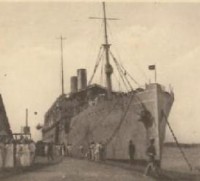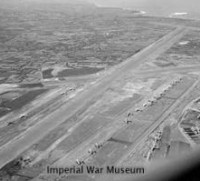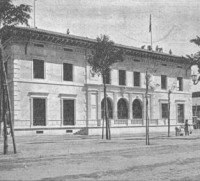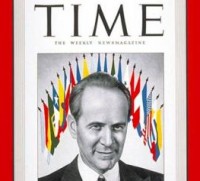- THE HARD ROAD TO WAR
8)PAUKENSCHLAG
The submarine war in western hemisphere began effectively early in January 1942 off US Atlantic coast. These waters crossed by several shipping lanes were soon converted into graveyards for too many merchants, not only Americans but from many other nations. The German U-boat onslaught was named “Paukenschlag” or drumbeat. Admiral Doenitz was given initially a handful of u-boats for the intended blitz. For those crafts, he selected the best crews, and the outcome was at one time astonishing and unprecedented.

The map shows US East coast and Caribbean pinpointed with the sinkings which surmounted day after day since the first days of 1942. It took almost one year for the US Navy to recover from inertia and take the initiative securing effective escort for the convoys and air cover. Photo
The first victim was the British packet Cyclops, torpedoed and sunk some 300 miles off Cape Cod by U – 123. In February several other U - boats sailed from their French berths and dashed to us coast to reinforce those already in the area where they prowled for their preys absolutely undetected. Allied merchants sailed alone once the convoy system was not engineered. Some weeks later Brazilian merchants sailing unprotected, unescorted when a few miles to make any American port were also victims of the wolf packs.
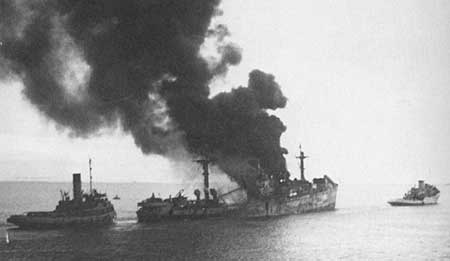
Image of a merchant victim of U boat attack. During the Paukenschlag "happy times" German submarines sailed undetected and with no opposition attacked their targets as they wished. Elated with the astounding successes of the first months of 1942 in US Atlantic coast, German Kriegsmarine high command decided to shift for a new operational area for the u boats. Thence they moved to the new promising hunting ground in the waters of Mona passage, between Puerto Rico and Dominican republic, gateway to Caribbean sea; Gulf of Mexico, off Mississippi delta , shadowing and attacking unescorted ships demanding or leaving new Orleans harbor.
Thus that new operational area was denominated “operation Neuland”, which continued until September 1942. 31 merchants totaling 155.000 gross tons were sunk in Caribbean frontier between February and march 1942; 41 sunk in April and may totaling 200.000 gross tons; and 42 sunk in the period of June and July, totaling 220.000 gross tons.
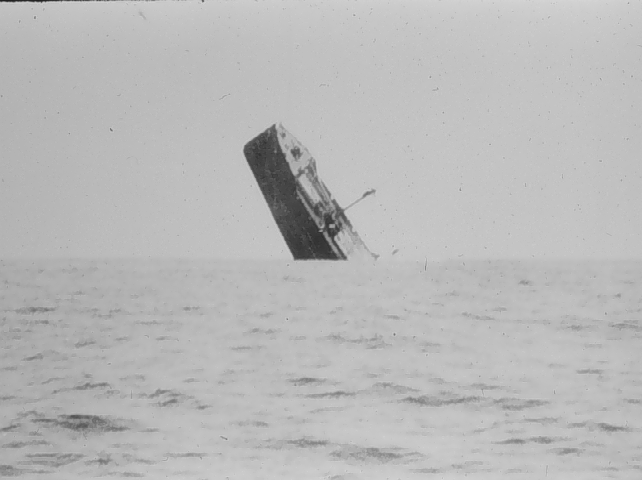
Above the US merchant Lehigh last moments whe she was torpedoed in 19 October 1941 off African coast by U-126. Photo http://www.usmm.org/lehigh.html
During the first six months of 1942, sinkings of U S merchant ships surpassed all losses the U S. suffered throughout the world war I . The successes obtained by the U-boats against allied shipping in Atlantic US coast and Caribbean were so significant, that in the first months of 1942, the astonishing number of 397 merchants was sent to the bottom totaling more than 2 million tons. More than 5000 crewmembers and passengers faced death.
The cost for the Germans was incredible low for only seven U-boats were lost. 300 submariners perished during the battle. The power of recovery of US Navy in the face of such aggression in front of their shores was answered by the swift and vigorous action of Navy commanders which turned the tide of the battle of the Atlantic producing thousands of new and updated aircrafts and soon put them into the fray.
